The Most Powerful Mythical Weapons Throughout History
Legendary mythic weapons have long captured our imagination, enchanting us with tales of valor and victory.
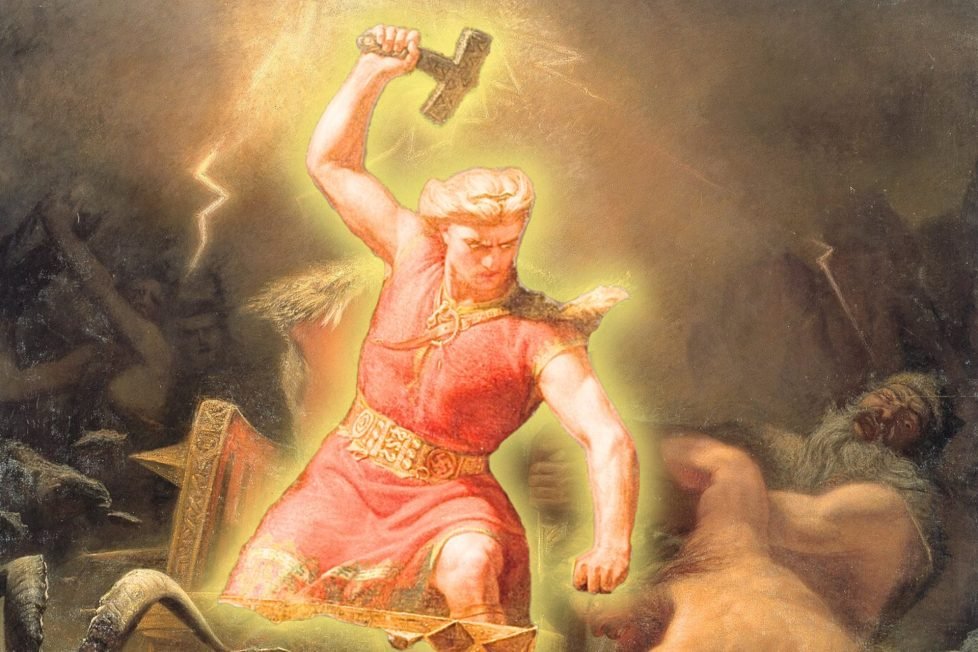
Legendary mythic weapons have long captured our imagination, enchanting us with tales of valor and victory.

Table of Contents
ToggleFrom sacred spears to magical hammers, weapons are an iconic element of mythology and folklore. With a rich historical background, these powerful objects carry a legacy that has cemented their place in the popular imagination. As representations of all-powerful gods or symbols of heroic status, these weapons allow their wielder to do remarkable things. They also serve to connect heroes to forces larger than themselves, giving them greater purpose and the powers to achieve their goals. Throughout the history of western myth and legend, they have fired the imagination and delighted the minds of audiences who dreamed of wrapping their own fingers around these phenomenal tools.
This article examines mythic weapons throughout history, from the myths of ancient Greece to the romances of Medieval Europe, to understand how these weapons shaped, and still shape, the way we tell stories.
In the mythology of Ancient Greece and Rome, the most famous and powerful weapons belong to the gods themselves. These divine tools are described at length in sources like the Theogony, a poem by Hesiod (c. 750-650 B.C.) that serves as a creation myth for the world and an origin story for the gods. Mighty mythic weapons play a pivotal role in allowing the gods to harness elemental forces and do battle with each other in their own internal conflicts.
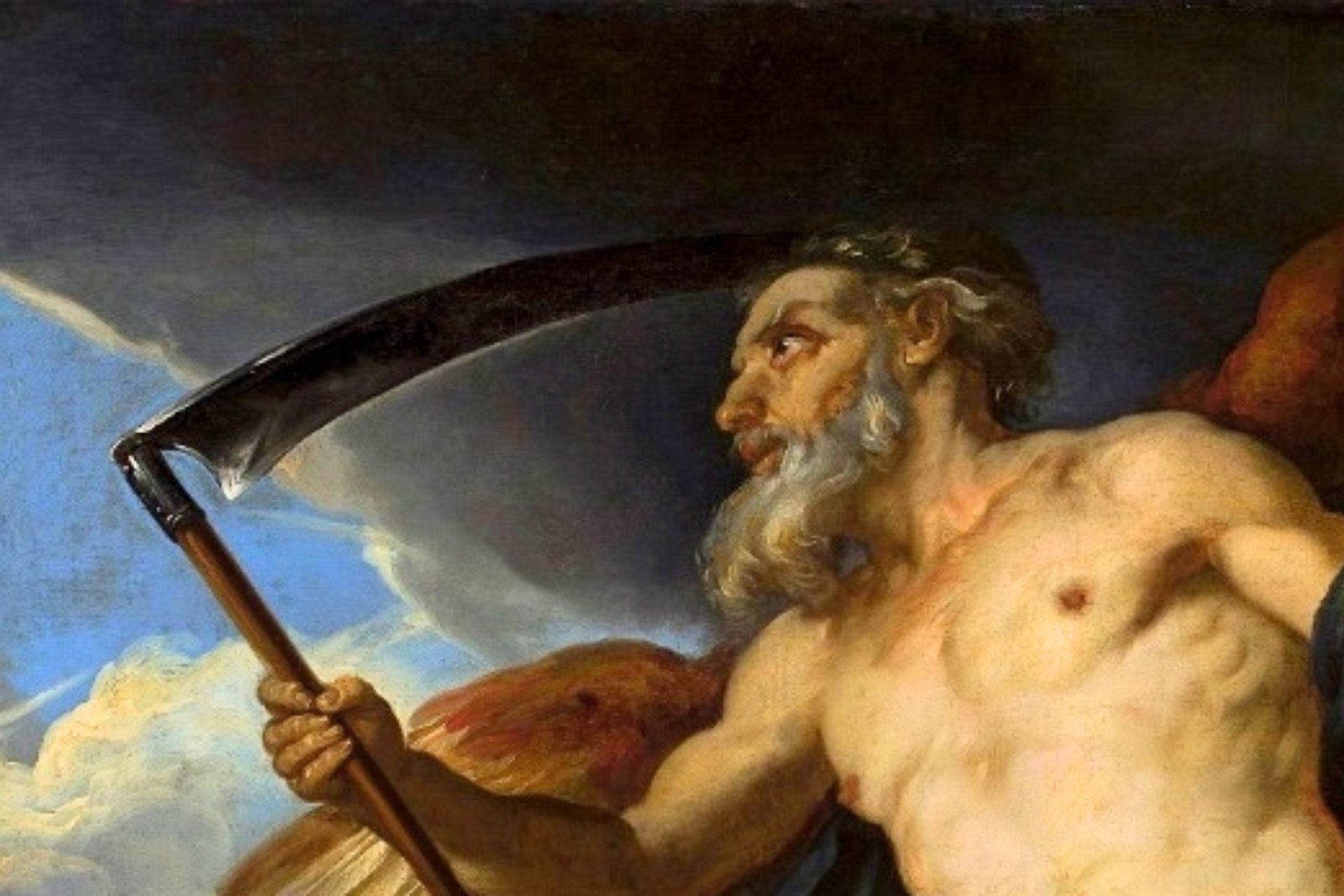
In the creation, Gaia and Uranus (the Earth and sky respectively) give birth to a race of supernatural beings called Titans. Gaia eventually provides the strongest Titan, Cronos, with a flint sickle that he uses to unman and destroy his father so that he can take his place as ruler of creation. Cronos then himself grows tyrannical, devouring his children to prevent them from overthrowing him and perpetuating his cycle of violence.
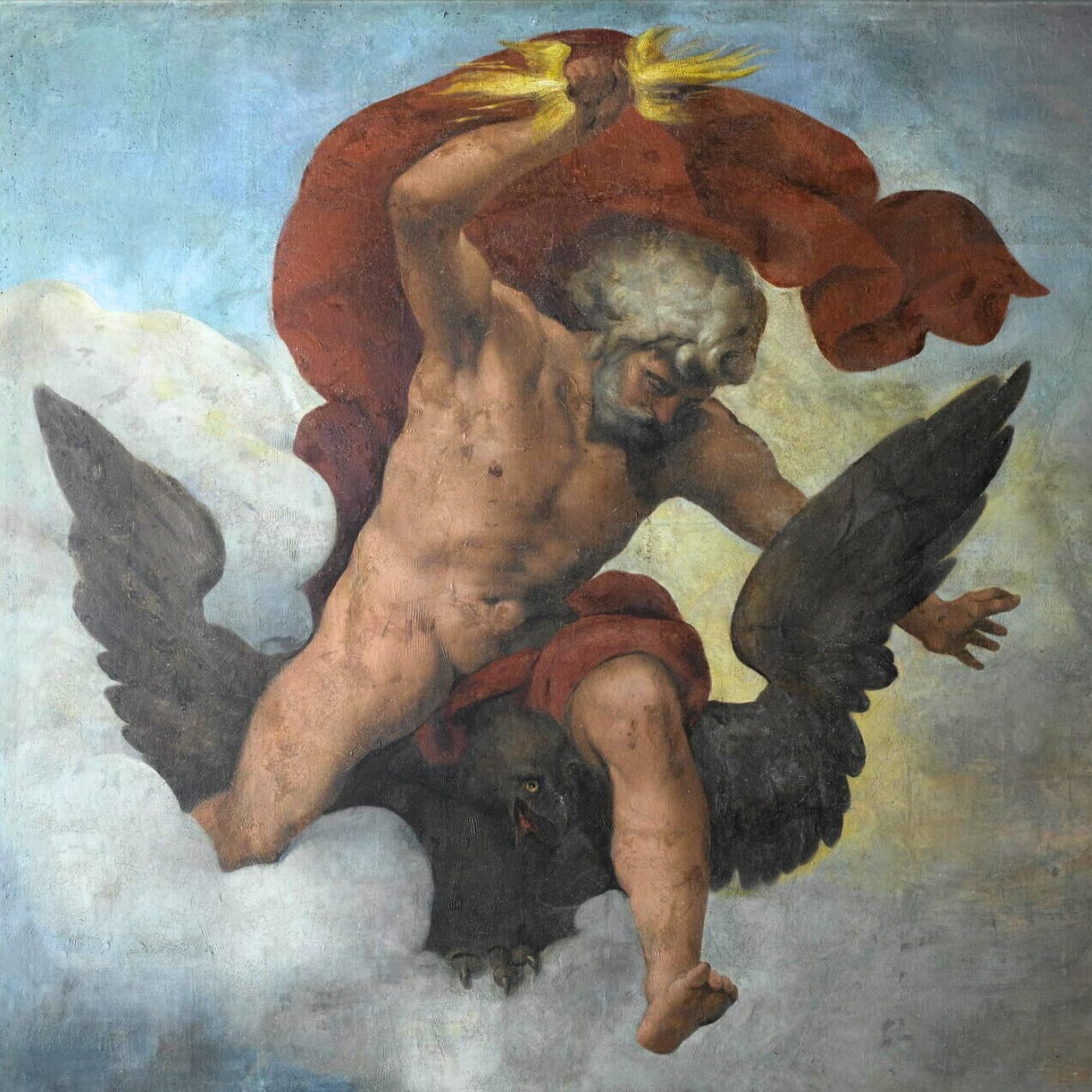
Cronos’ youngest son, Zeus, escapes this grisly fate and leads a rebellion against his father when he reaches adulthood. His siblings, vomited up from Cronos’ gullet as fully grown gods and goddesses, join the fight alongside him. To aid the young god in his struggle, the one-eyed giants known as cyclopes give Zeus his own signature weapon, the lightning bolt, which he uses to smite his father and the other Titans. His ability to wield thunder and lightning demonstrates the young god’s tremendous strength and allows him to harness greater elemental forces.
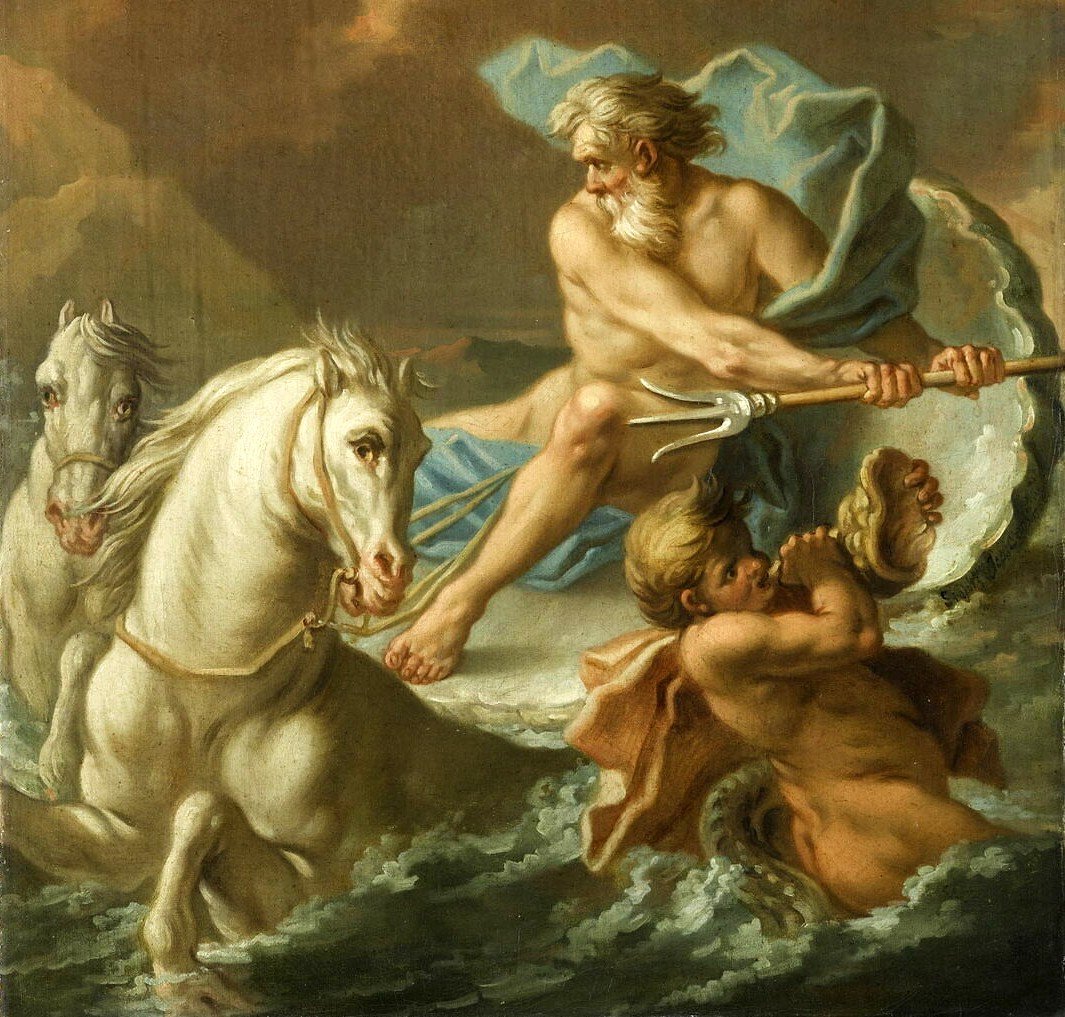
The Bibliotheka of Pseudo-Apollodorus (c. 2-3rd century CE), a later collection of Greek myths, recalls how Zeus’ brothers likewise received famous weapons for their war against the Titans. The cyclopes forged magical weapons for Poseidon and Hades which, while less dramatic than literal lightning, proved indispensable: Poseidon’s trident and Hades’ helm. The helmet, sometimes called the “Cap of Hades,” is of particular note, due to its ability to turn its wearer invisible. The mythical weapons of Greek and Roman mythology therefore largely amplified the gods’ existing power and became iconic symbols of their might, a concept that can be seen in other stories.
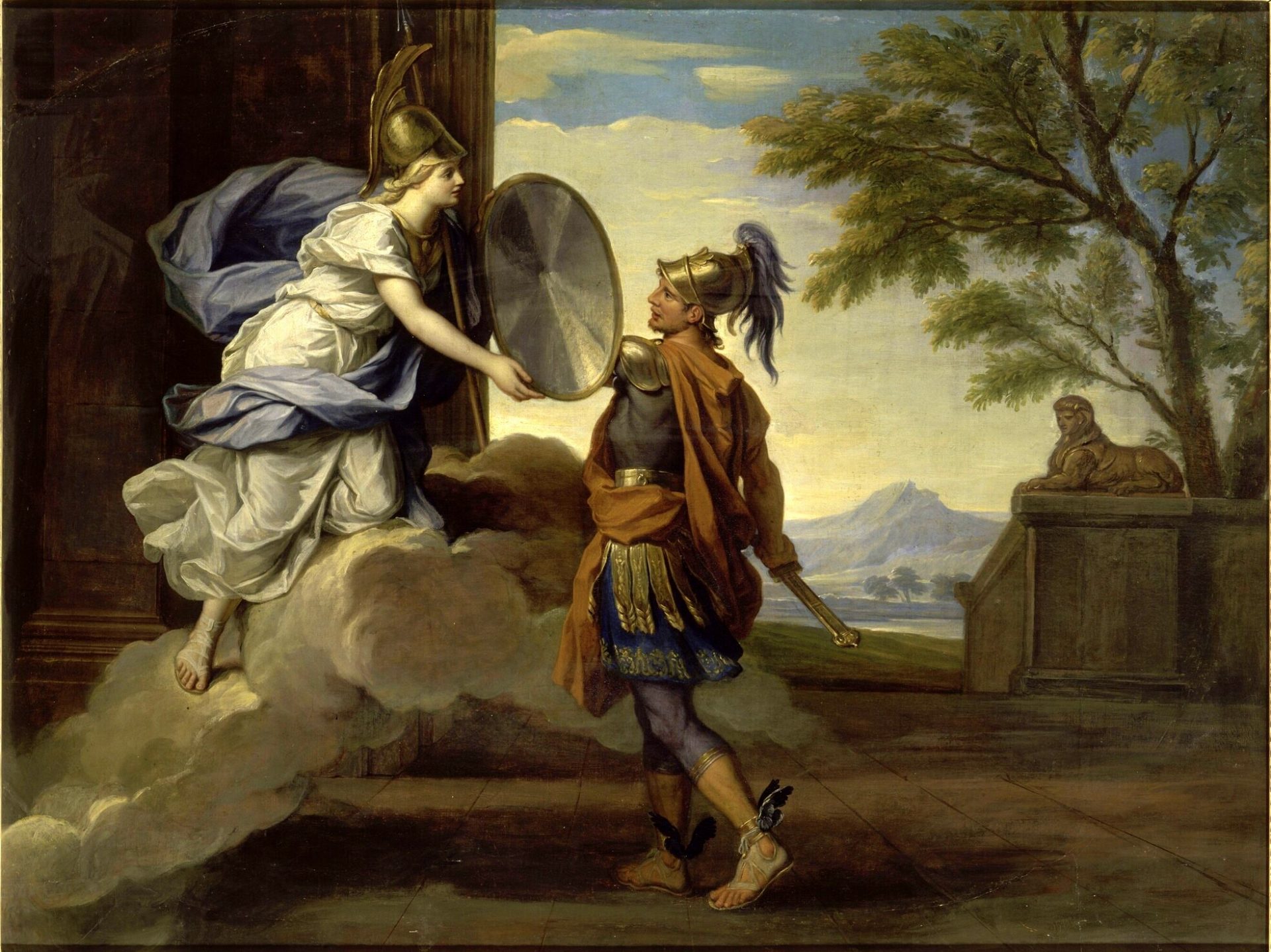
From time to time, however, the gods lent out these weapons to mortals who held their favor and bestowed blessings and fortune to their chosen heroes as a physical manifestation of their power and aid. Perhaps the most well-known example of this is when the wise goddess Athena lends her shield, Hades’ cap, and Hermes’ winged shoes of flight to the hero Perseus. Tasked with slaying the snake-headed monster Medusa, whose very gaze turned men to stone, the young hero is woefully unprepared for the task. Armed with the tools and weapons passed onto him by his divine allies, however, he is able to rise to the occasion and defeat the dreaded Gorgon. Given to the hero by divine or otherwise supernatural beings, these mythical weapons connect them to forces far beyond themselves and allow them to achieve the impossible.
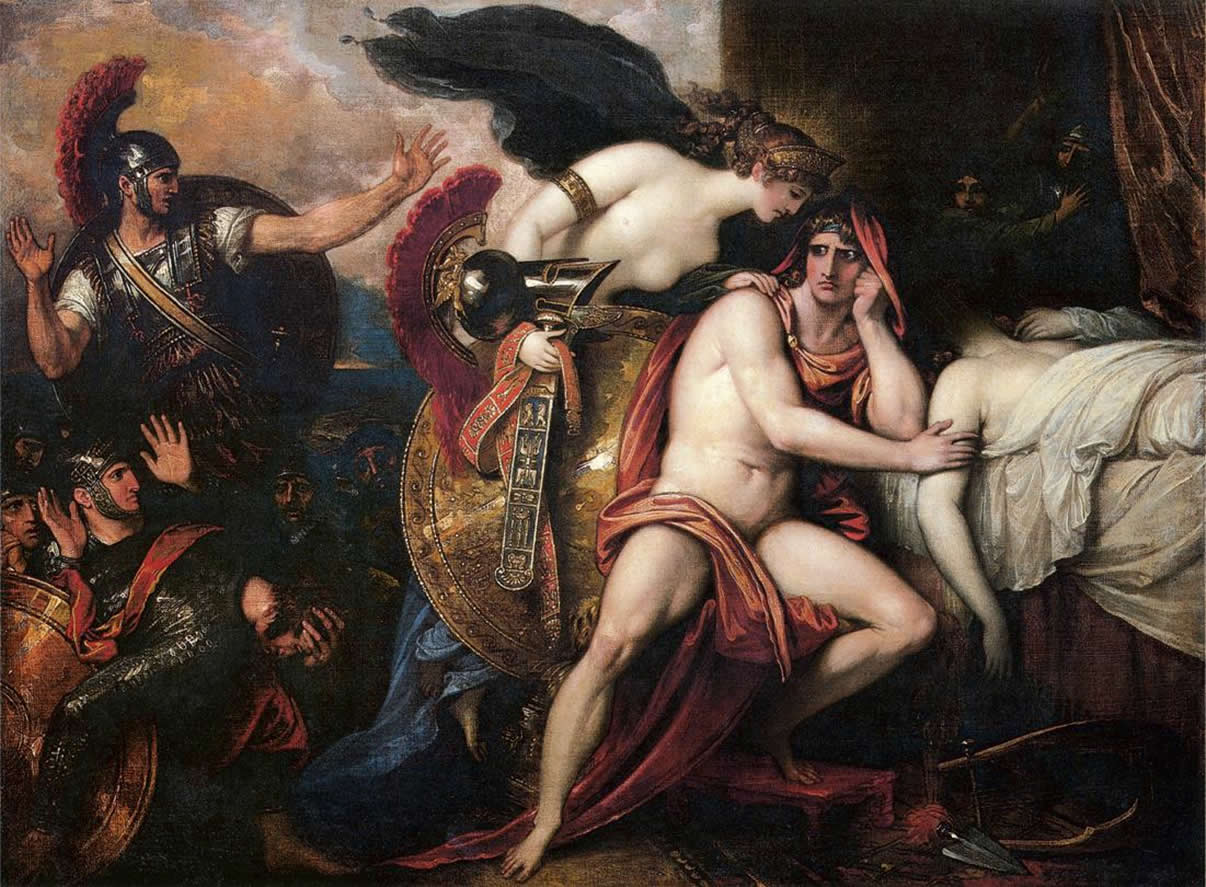
Perhaps the best example of divine or mythic weapons in antiquity is those given to Achilles in the events of Homer’s Iliad (c. 8th century). Having remained out of the fighting of the Trojan war for the majority of the epic poem, Achilles chooses to take up the battle again after his friend Patroclus is killed by the Trojan hero Hector. The Greek fighter swears vengeance but, because Patroclus was using his weapons and armor when he died, he is unprepared to join the fray. To assist him, Achilles’ divine mother Thetis begs the smith god Hephaestus to make “a shield and crested helm, good legging-greaves, fitted with ankle clasps, [and] a cuirass, too.” With these arms, Achilles becomes a nearly unstoppable agent of revenge throughout the rest of Homer’s epic. Because they are forged by a god and belong to one of the greatest heroes of Greek myth, these weapons are afforded a special status. Indeed, the Roman poet Ovid (c. 1st century B.C.E.) describes how other heroes fought to possess these arms after Achilles’ death. Homer lavishes particular attention on Achilles’ shield, describing a vibrant scene of daily life and celebration on a weapon of war. This paradox has continued to confound readers, inspiring W.H. Auden’s poem The Shield of Achilles, and leading scholars such as Oliver Taplin to try to make sense of the shield and its place in the poem. (Iliad, trans. Robert Fitzgerald, lines 550-706).
Tying their user to elemental forces and divine authority, or a glorious reputation, these mythic weapons establish a trend seen throughout other myths and legends.
Many of the more famous mythological weapons, still pictured on the silver screen today, come from Norse myth. The legends of this mythology were collected and recorded in the Middle Ages in works known as the Poetic Edda (c. 11th to 13th centuries) and the Prose Edda (13th century) in a manuscript known as the Codex Regius. These sources speak of a number of tools used by the Norse gods, called the Æsir. The origin of the gods’ magical weapons is described in the Prose Edda in a section called Skàldskaparmal. According to the story, the trickster god Loki cut off the hair of Thor’s wife Sif as a cruel and poorly conceived prank. Enraged at this insult, Thor demanded that Loki replace her long locks or suffer painful consequences. Loki therefore sought out the services of two great dwarven smiths, Brokkr and Sindri, who forged new hair for Sif alongside powerful tools and weaponry.
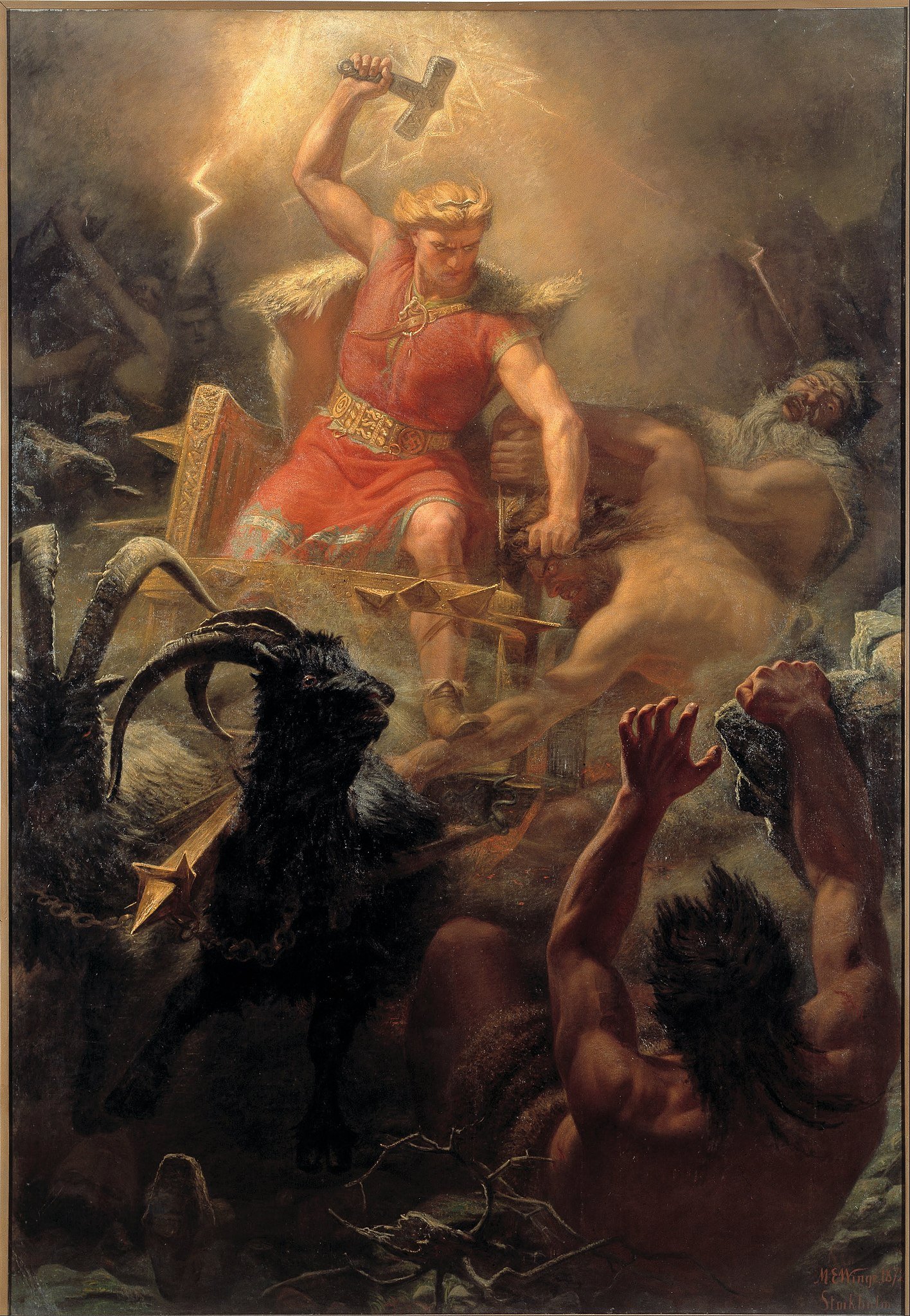
The dwarves gave the gods the most famous and iconic Norse weapon, the magic hammer known as Mjolnir. This weapon was prized as “the best of all the precious works,” and given to god Thor to aid him in battle against the gods’ enemies, the beings called the Jötunn whom translators often refer to as “Giants.” The Prose Edda describes Mjolnir as a powerful melee weapon befitting Thor’s strength that also could be thrown at opponents. It was said to always strike with perfect accuracy and return to the owner’s hand. The magical weapon could also shrink down to a tiny size to be carried around more easily, serving Thor on many of his adventures as his most iconic weapon. Characterized by its short handle, an imperfection which Loki caused during its forging, this iconic implement of war became nearly synonymous with Thor. It even played a role in the god’s worship, with Thor’s hammer pendant amulets appearing in archaeological finds across Scandinavia and Britain.
Odin, the ruler of the gods, also received a weapon of great power and influence as a result of Loki’s agreement with the dwarves. They created a magical spear for Odin known as Gungnir, which became his own signature weapon. This powerful device was similar to Mjolnir, in that it would serve its user without fail and “never stop its thrust.” The spear features in the climax of the Prose Edda, when Odin wields it at the battle of Ragnarok. In this Norse Apocalypse, Odin leads the souls of fallen warriors to join the gods in battle against their enemies before dying in battle against the monstrous wolf Fenrir. The mythic weapons of Norse myth served to amplify a god’s abilities, but also created icons and symbols imbued with the deity’s power for real life worshippers.
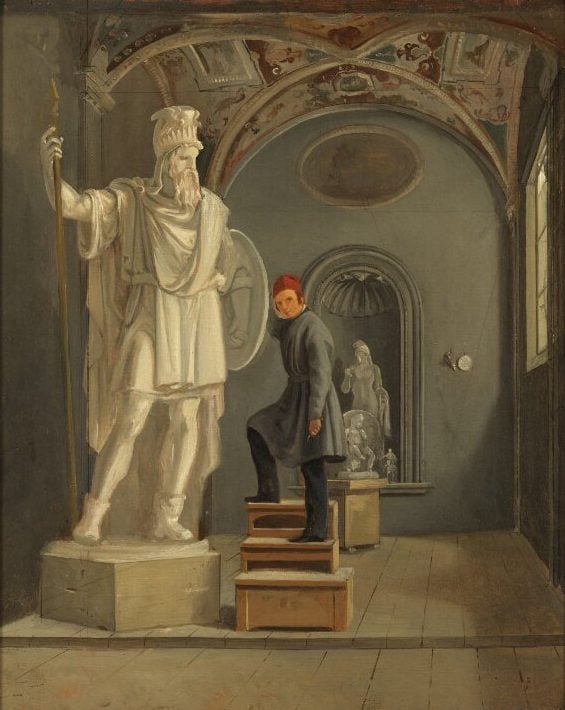
Like his Greek counterparts, Odin was also the giver of such magical weapons to warriors whom he deemed worthy. In the Saga of the Völsungs (c. 13th c.), the ruler of the gods appears at the feast of a king named Siggeir disguised as a one-eyed man in a hat and cloak. Drawing a sword, the hidden god plunges it into a nearby tree and tells the onlookers “Whoso draweth this sword from this stock, shall have the same as a gift from me, and shall find in good sooth that never bare he better sword in hand.” While many try to lay claim to the blade after Odin disappears, none can do so until Siggeir’s son Sigurd pulls it free. Removing the sword not only provides him with a powerful weapon but also marks him out as a hero who would, among other things, slay the dreaded dragon Fafnir.
Similar to Perseus, Sigurd and other Norse figures receive weapons from the gods and other supernatural entities to establish their heroic credentials through the blessing of beings more powerful than themselves. This tradition would continue, albeit under a different deity, as Europe converted to Christianity.
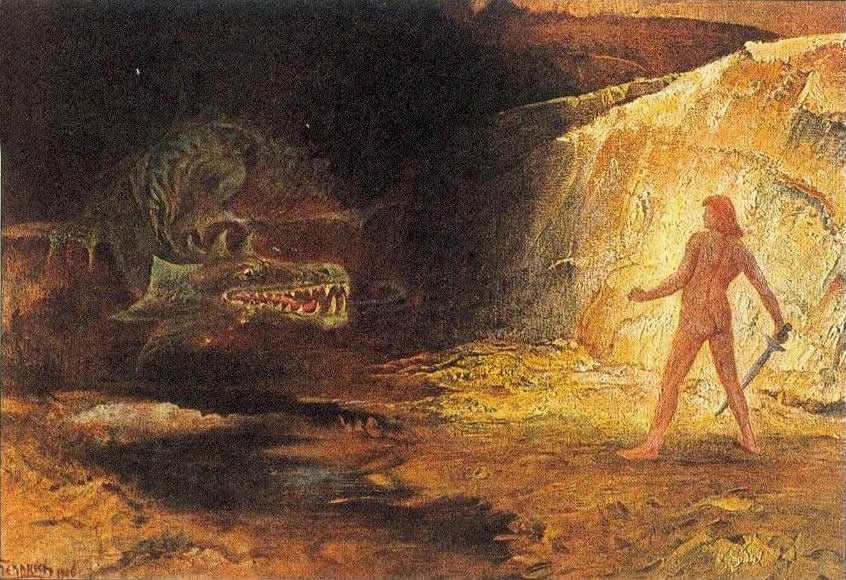
Moving into the Middle Ages, swords became by far the most famous and well regarded of mythical weapons. Part of this had to do with the lofty place of swords in European society as prominent status symbols for the landed elite. In Early Medieval England, to give one example, swords are frequently found in the grave goods of wealthy men: most famously in the kingly burial at Sutton Hoo (c. 7th century). At a time when iron could be incredibly scarce, these weapons served as an indication of the personal wealth of the men who wielded them. While this was certainly true for previous cultures, the status of the sword grew during the Middle Ages. Swords could be named, passed down among families, and carry lofty reputations.
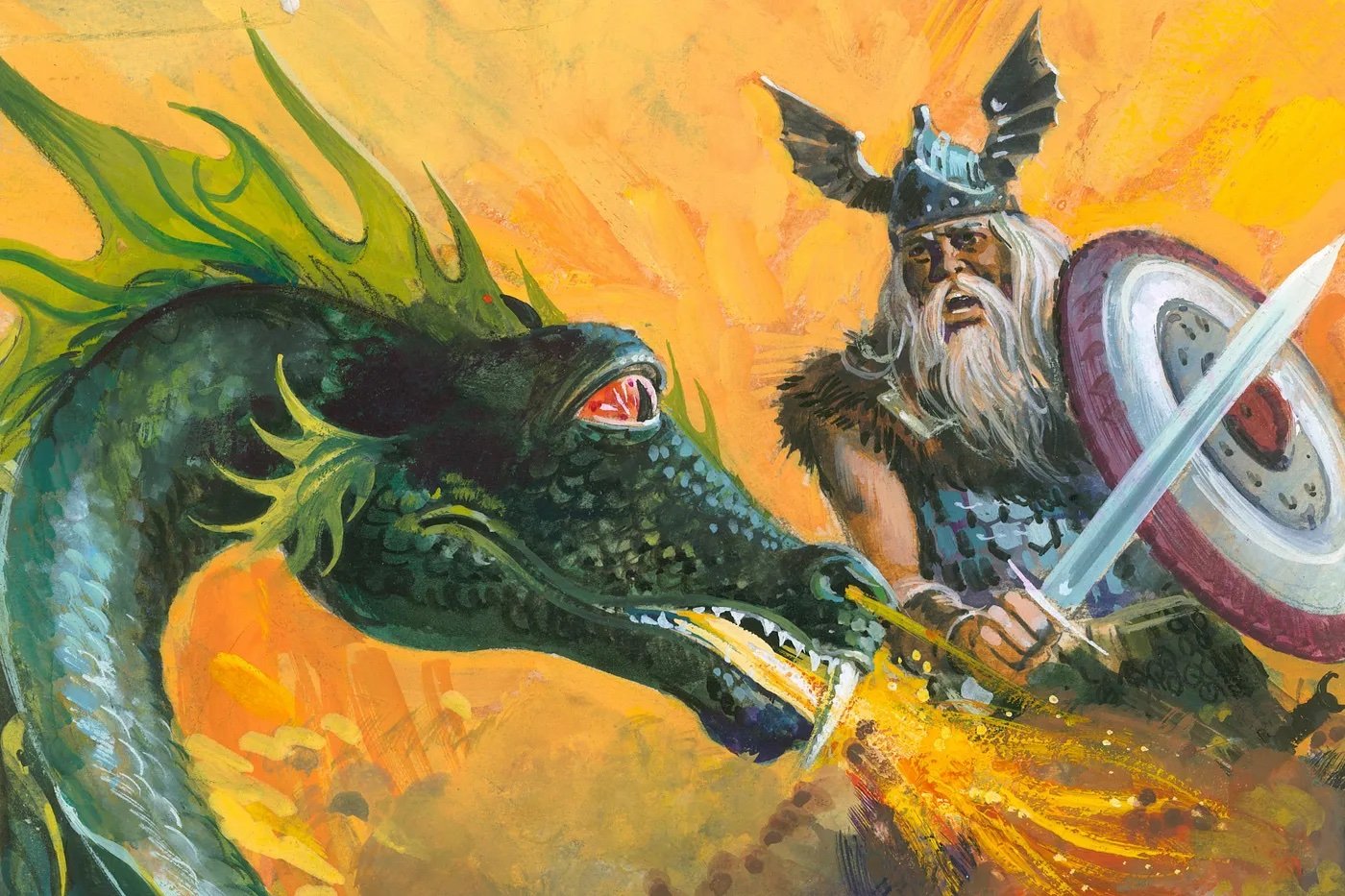
In the Old English epic Beowulf, the poet praises the sword Hrunting as, “hardened with the blood of battle; it had never failed any man whose hand had wielded it in the fight.” In a Christian context, the sword also carried further symbolic weight. A young man being anointed as a knight had a sword ceremonially belted around him, and scholar Michelle R. Warren notes that swords came to symbolize authority in the hands of “emperors, kings, and knights [who took] on ecclesiastical and secular service.” In the hands of mythic Christian heroes, swords in turn took on a certain larger than life quality.
One of the best known swords from the Middle Ages, wielded by a pious warrior against non-Christian foes, is Durendal. This famous blade is the sword of the Frankish hero Roland, who serves as the titular protagonist of the eleventh-century text, the Song of Roland.
This tale, which was well known throughout the period, tells the story of king Charlemagne’s favored warrior Roland and how he died defending Roncesvalles Pass against a Muslim Army hellbent on ambushing the emperor’s forces.
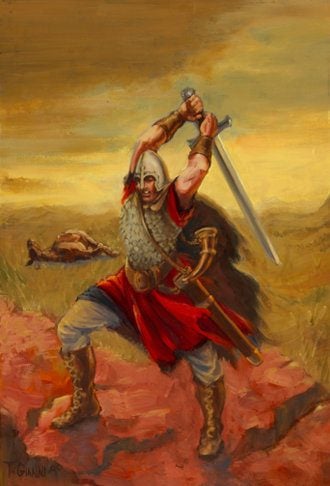
Betrayed by the treacherous knight Ganelon, Roland defends Charlemagne’s rearguard until he suffers a fatal injury and is forced to call for aid by blowing his horn. His weapon of choice is Durendal, a blade which carries an impressive Christian pedigree: having the remains of saints set into its pommel as relics. Roland loves the sword so much that he attempts to break it upon the rocks before his death, believing that “Far rather should I perish than that [Durendal] should ever fall into the hands of the heathen.” Set against the backdrop of religious tension and warfare, this sword is not only a powerful weapon but also one that speaks to indicates Roland’s status as a devout Christian warrior.
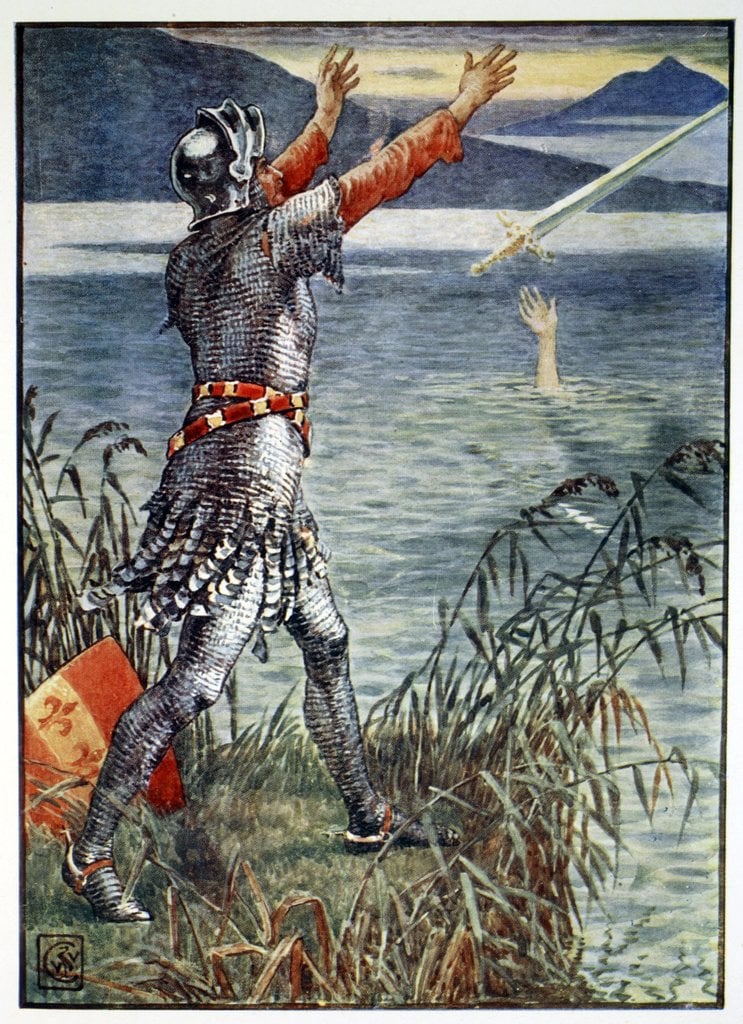
The most famous sword from this period, and arguably the most famous mythic weapon of them all, is King Arthur’s Excalibur. Despite its modern popularity however, many misconceptions exist regarding this famous blade. The sword emerges in twelfth-century Arthurian tales, first in the Welsh Kulwhch et Olwen and then in Geoffrey of Monmouth’s Latin History of the Kings of Britain. As historian Martin Aurell notes, Geoffrey gave the sword its modern name by rendering the Welsh Caledwvlch into Caliburnus in Latin. As with most mythology, the Arthur stories are not always consistent across the different versions and so details about Excalibur change depending on the storyteller. Sometimes, Excalibur is the famous “Sword in the Stone” which conveys upon Arthur the right to rule over England as king. In other variations, he acquires it later as a gift from the mysterious being known as the Lady of the Lake. This is how he comes by Excalibur in the most famous version of the legend written by Thomas Malory in the fifteenth century, Le Morte D’Arthur.
As with the weapons described above, Excalibur is a gift from a supernatural being that confers power and favor upon the young king and his future adventures. At the end of his life, having been dealt a mortal blow by his bastard son Mordred, Arthur seeks to return the weapon. Lying on his deathbed, he requests that his knight Sir Bedivere throw Excalibur into the water. After initially trying to hide and preserve the sword, Bedivere eventually carries out the command and a barge filled with “many fair ladies” emerges from the mists to ferry the wounded Arthur off to the island of Avalon. Having disappeared in this way, it was said that Arthur would return to his island as the “Once and Future King.” Excalibur serves as a symbolic representation of Arthur’s special status as warrior and king, marked out for great deeds like Perseus or Sigmund before him.
While these weapons are usually considered to be the stuff of legends, some people have tried throughout history to lay claim to the legacy and special status which these weapons provide.
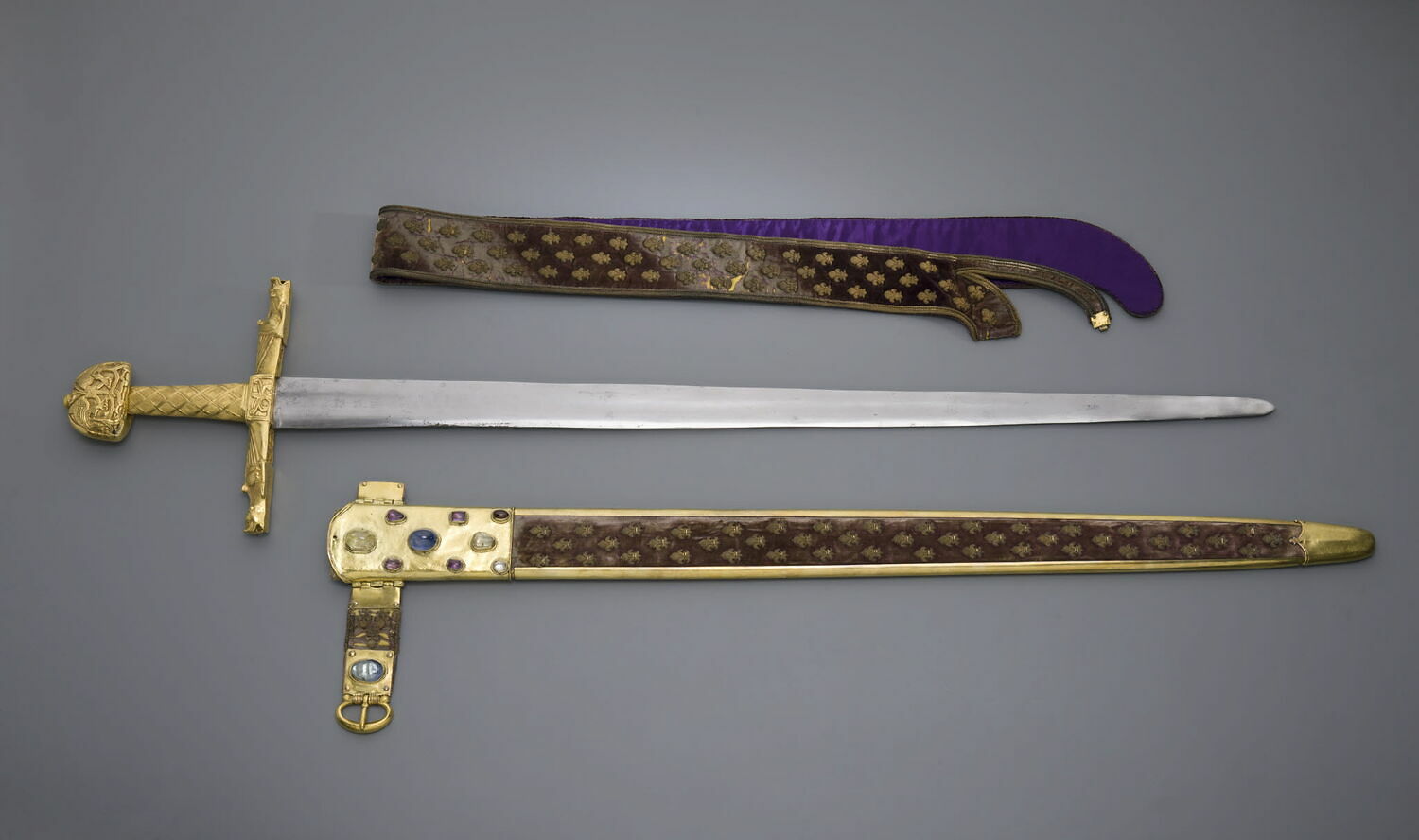
One example is Joyeuse, the sword allegedly the weapon wielded by the Emperor Charlemagne during his reign in the eighth and ninth centuries. The kings of France claimed to possess this weapon for generations, trotting it out for ceremonies and special events, similar to the English “Crown Jewels.” This beautifully decorated weapon is now held in the Louvre, where it has resided since monarchy was toppled by the French Revolution in the eighteenth century. By serving as a physical reminder of their connection to the glory days of Charlemagne’s empire, Joyeuse was a profound symbol of royal power and status. Perhaps the most famous and noteworthy example of a real life mythical weapon, however, is the Holy Lance.

Sometimes referred to as the “Spear of Destiny,” this is the weapon said to have pierced the side of Christ during the Crucifixion. Because of the weapon’s fame, and its lofty place in Christianity’s most pivotal event, it has appeared as a relic time and again throughout history. Most famously, the lance was “discovered” during the First Crusade in 1098 at the Siege of Antioch. Unearthed by a crusader named Peter Bartholomew under the altar of a destroyed church, the Holy Lance entered Christian hands and inspired hope in their armies. Its sudden appearance seemed to confirm that God was on the side of his crusaders and would not let them fail. It allegedly motivated the crusading armies to defeat the forces of Kerbogha of Mosul, the Muslim leader who had surrounded them outside the city. (The Holy Lance of Antioch, 3-4). The weapon was later declared to be a fraud, but not before it had a measurable impact upon the fate of this real life conflict. The Holy Lance may not have conveyed literal powers onto the Christian armies, it might have provided as a much needed morale boost at a critical moment.
While we no longer venerate these weapons as holding sacred or mystical power, their influence remains. To this day, three different Holy Lances are said to survive: held in collections in Vienna in Austria, the Vagharshapat in Armenia, and the Vatican in Rome. We still crave a connection to mythic events and exploits which these physical objects provide. Moreover, weapons like Excalibur, Gungnir and Mjolnir make appearances in popular role playing games like Final Fantasy and are depicted in big budget films like John Boorman’s Excalibur (1981) and Marvel’s Thor (2011). The fantasy of a weapon that connects the wielder to a glorious tradition and fantastic powers lives on in the lightsabers of Star Wars and the wands of Harry Potter. These weapons are symbols of heroism that resonate as strongly with audiences today as they did thousands of years ago.
